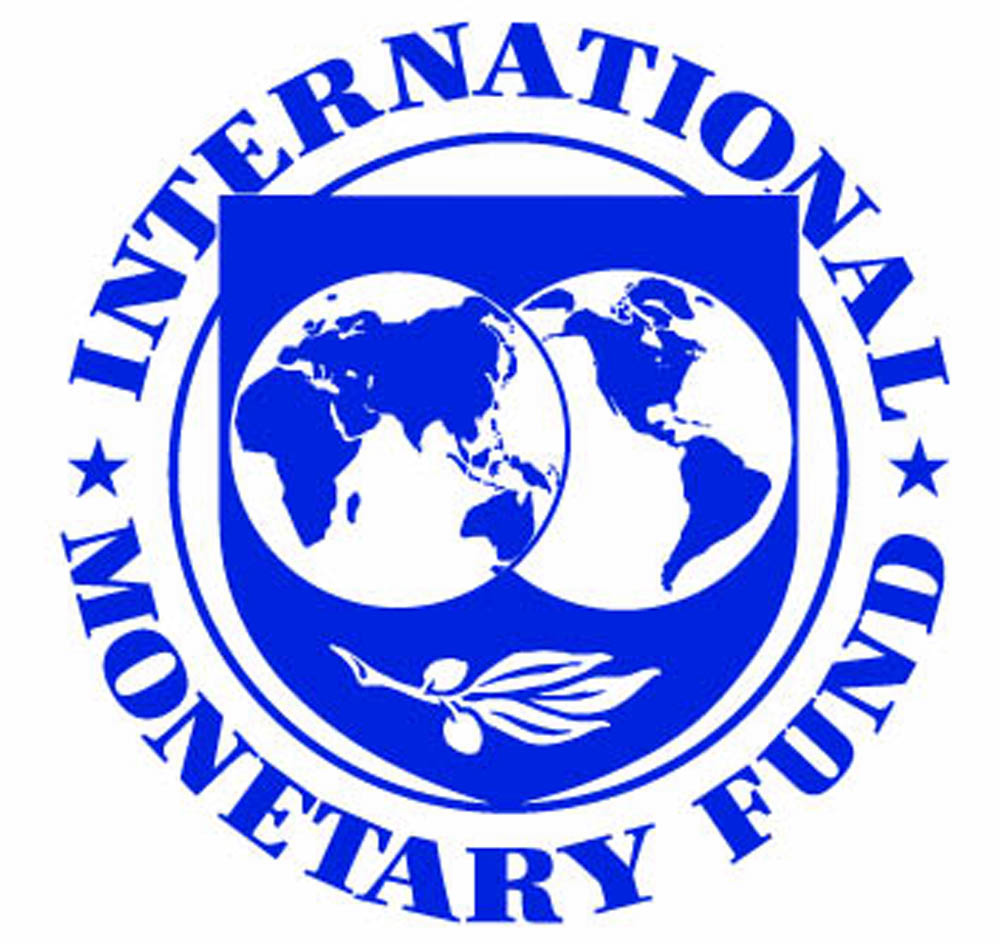Countries in Latin America and the Caribbean can find themselves much better off in terms of increased investment, enhanced productivity and GDP growth if they can find effective ways of significantly reducing crime, according to the findings of an International Monetary Fund (IMF) study published in December last year. Asserting that crime and violence have long been a “top-of-mind concern for households across Latin America and the Caribbean,” the study cites “United Nations data” which, it says, points to the fact that the region “accounts for nearly half of the world’s intentional homicide victims, despite representing just over 8 percent of the global population.”
While the IMF study lists the crime challenge as affecting Latin America and the Caribbean, as a whole, it asserts that within the region Central America stands out as “the most violent sub-region.” Insecurity has also worsened over time, though it also lists CARICOM member country, Jamaica, as constituting part of the overall regional crime challenge. It is, however, the crippling overarching impact of crime on the economic health of the region that is the primary concern of the study. It estimates that in Latin America “a 30 percent increase in homicide rates is estimated to reduce growth by 0.14 percentage points.” Simultaneously, it points to the various channels through which insecurity affects economic growth, pointing to “estimates” that show that crime “hampers capital accumulation, by possibly deterring investors who fear theft and violence, and decreases productivity, as it likely diverts resources toward less productive investments such as home security.”
By the same token the IMF study asserts that the benefits which the region can secure from rolling back violence can be substantial. It states that “bringing the crime level in Latin America down to the world average would increase the region’s annual economic growth by 0.5 percentage points, about a third of Latin America’s growth between 2017-19.” It adds that “… fully closing the crime gap in countries with the highest homicide rates could elevate their gross domestic product growth by around 0.8 percentage points.” The study points to “United Nations data” which, it says, shows that Latin America and the Caribbean “accounts for nearly half of the world’s intentional homicide victims, despite representing just over 8 percent of the global population… The average homicide rate in the region is 10 times that of other emerging markets and developing economies and twice as high as sub-Saharan Africa” adding that while “more economic activity will reduce crime, less crime would, in turn, boost economic activity.”






